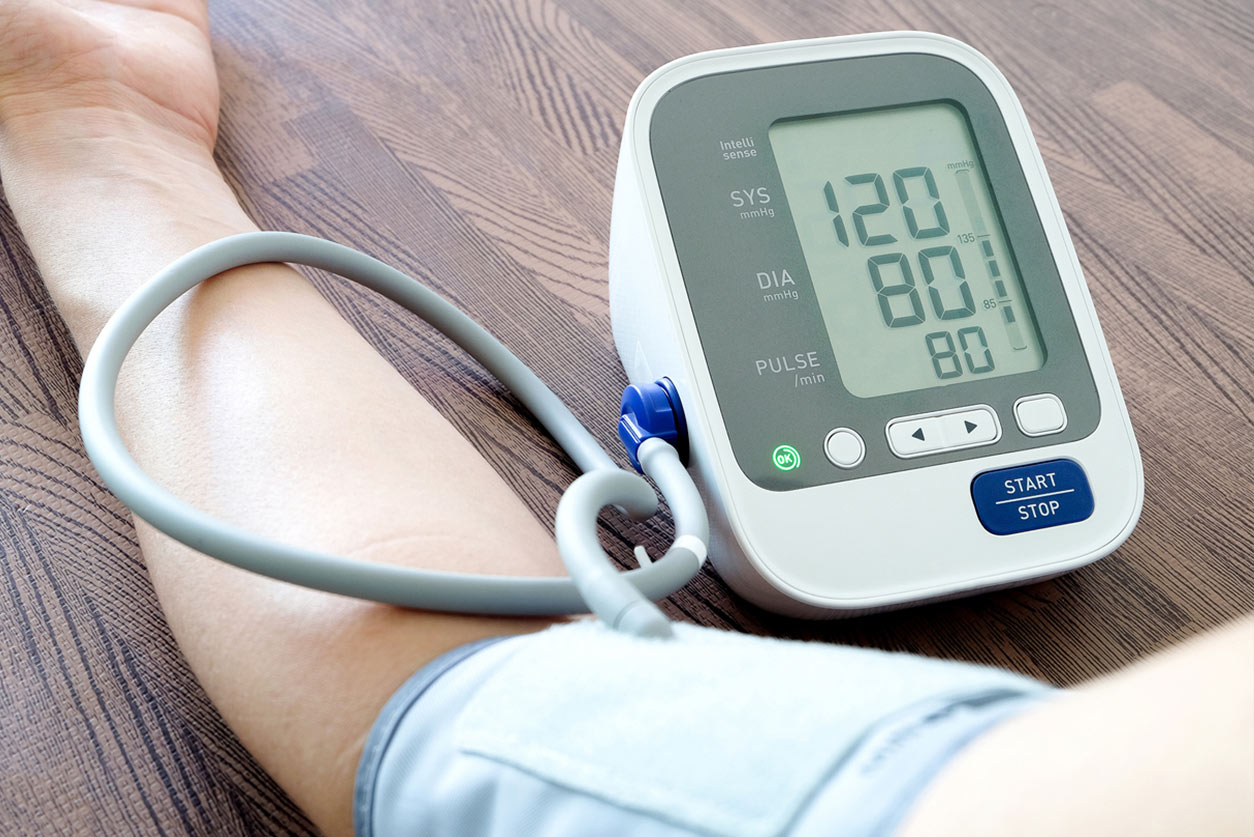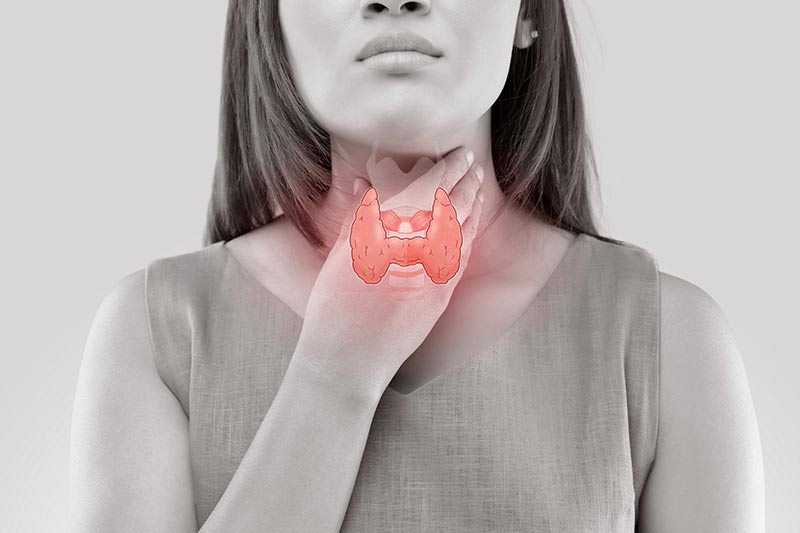America’s opioid epidemic is a consequence of multiple factors. However, one avoidable aspect is the misunderstanding of what pains should be treated with which treatment.
Medicine is designed to reduce certain symptoms of your illness or injury, easing the pain caused by whatever is ailing you. Medicine is not created to absolve patients of a responsibility to healthy lifestyles.
We understand that, when you are suffering, the nearest cure is the preferred one. But this causes poor treatment of the condition and sustained symptoms. So, to help ensure you get the most effective solution, we have put together the below guide to matching illnesses with the correct medication.
Migraines
More than 38 million people suffer from migraines in America. Furthermore, 11 million of those affected consider migraines a cause for moderate to severe disability – with almost 5 million reporting to experience one every month.
The two most common symptoms of migraines are head pain and difficulty in concentrating. In addition, many people find that light and sound sensitivity trigger migraines and such sensitivity is heightened once the throbbing pain starts. This results in blurred vision and, in some rare cases, vomiting.
The solution?
The appropriate solution varies depending on the severity of your condition. However, from moderate to severe, the U.S. Headache Consortium recommends migraine-specific drugs to truly relieve pain. These are usually triptans, a family of drugs that make up the most common acute migraine medications available.
Triptans are designed to target and treat cluster headaches. These come in the form of branded oral medication (such as Amerge), nasal spray (Imitrex) or generic disintegrating tablets (Rizatriptan Benzoate ODT), so you can choose a format that suits you.
Stomach pain

Although less specific than migraines, stomach pains can cause equal discomfort to its sufferer. Indigestion, for example, causes aggravation in the stomach and pain in your upper abdomen. It is often caused by stomach acid breaching the protective lining of the digestive system.
The symptoms – pain, bloating, trapped gas and diarrhoea – are also often attributed to other stomach conditions, including:
Irritable bowel syndrome (IBS) – affects 10-12% of American adults and is characterized by abdominal pain, bloating and distension.
Food poisoning – caught when eating something that has been contaminated with germs.
Stomach ulcers – open sores within the lining of the stomach that create a burning pain in the center of the abdomen.
Cancer – significant discomfort above the navel can be a symptom of a stomach tumor.
The solution?
If you are looking to reduce the swelling and ease abdominal pain, antidepressants like Trazodone or Amitriptyline hydrochloride can be taken. These work to change the way that pain signals are processed in the spinal cord and brain.
The reason why we do not immediately recommend analgesics like aspirin and ibuprofen is because they can cause ulcers. Similarly, they can lead to constipation which can make the stomach pain worse. This highlights the importance of speaking to a doctor or one of our pharmacists first before attempting to self-medicate.
Back pain
According to the American Chiropractic Association, there are 31 million Americans suffering from lower back pain at any one time. Unlike chiropractic doctors, medicine can be accessed without a complete understanding of the condition.
The back can be damaged by kidney infections, poor posture, obesity and even simple movements. This diverse list of potential causes leads people to often misdiagnose and rely on medication that is either a powerful opioid (which handles the back pain but can cause stomach pain) or muscle relaxants (which do not address the problem).
The solution?
Our advice would be to start with nonsteroidal anti-inflammatory drugs (NSAIDs) if they are suitable for you. Tylenol, for example, is an over-the-counter solution that can help gauge your condition without immediately putting you on powerful opioids. If you feel the need for a more potent medicine, there is Celebrex and Relafen (among others) that require a prescription.
These are gateway medications that can help you determine the exact source of your back discomfort. Starting here will help you identify the root causes of your pain and should help prevent addiction to stronger medication.
Joint pain

Joint pain in Americans is often the result of either arthritis or a direct injury. Between the years 2013 and 2015, an estimated 22.7% of Americans had been diagnosed with some form of arthritis (or similar joint-related condition) annually.
If the pain is in just one joint, there are a variety of conditions that this could be linked to. Before purchasing over-the-counter anti-inflammatories, consider the following ailments outside of arthritis:
Inflammation of joint lining – recently injured your joint? The tendons and tissue that line it may be inflamed.
Gout – a type of arthritis, gout causes the skin to burn up and become red, inflicting pain in repeat attacks.
Cartilage damage behind the kneecap – overuse of the knee, creating a damaged kneecap.
Bleeding into joint space – caused by an injury, leading to swelling, bruises and stiffness.
The solution?
NSAIDs. They work by preventing an enzyme called cyclooxygenase from making hormone-like chemicals called prostaglandins. Prostaglandins are what cause inflammation in the body.
There are a variety of medications you can use that come under the NSAID umbrella. What is important, though, is that you find a solution that best suits you and has the most positive impact. From Arthrotec and Lodine to Oxaprozin, your doctors or our pharmacists can find the balance that eases your joint pain.
At Medix, we believe that education is the best way to prevent misdiagnosis and addiction. Our pharmacists are equipped to handle any query you may have regarding your condition, and the best medication to ease any symptoms you may have. Get in touch today if you would like support in mapping pain relief to your injury or ailment.






